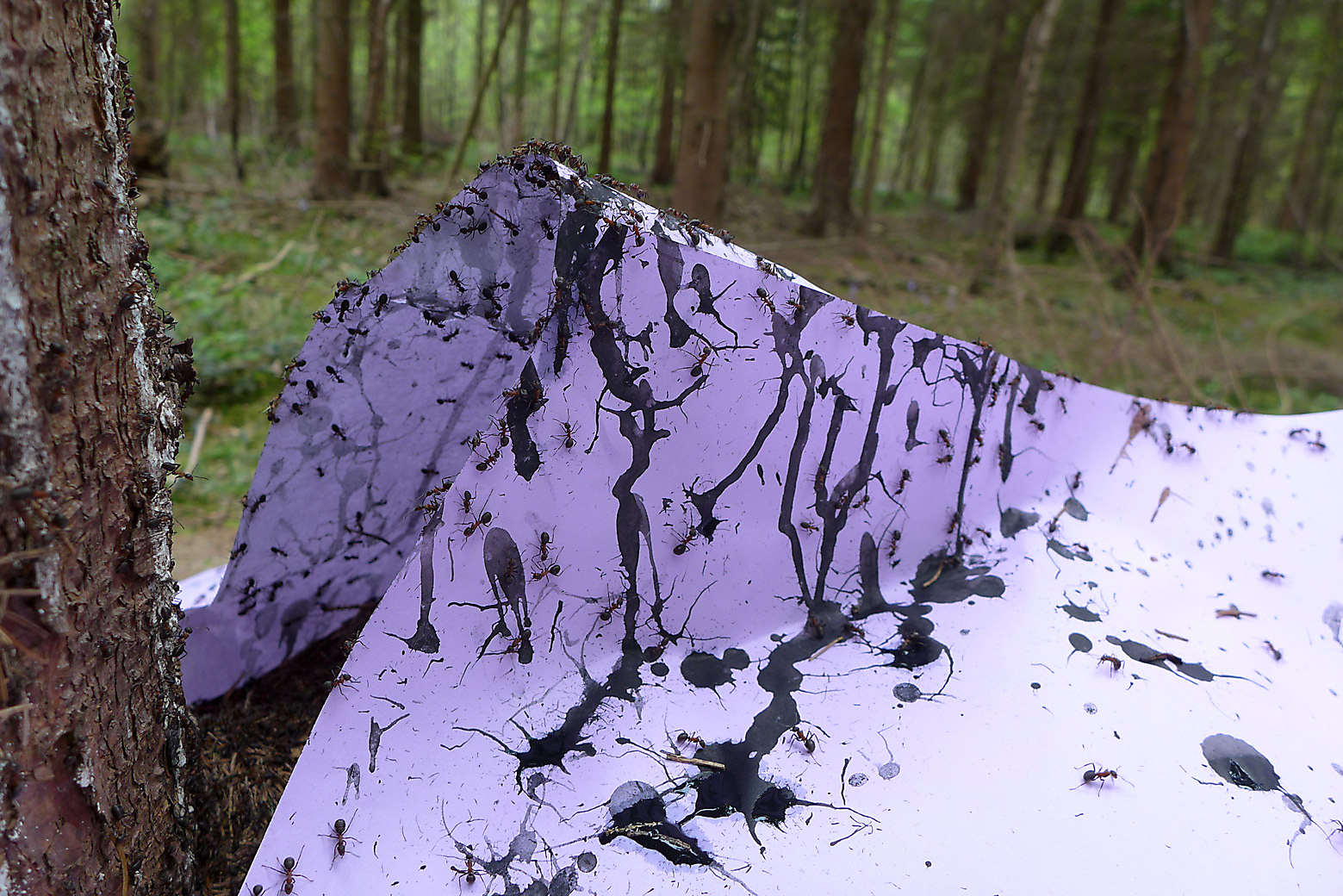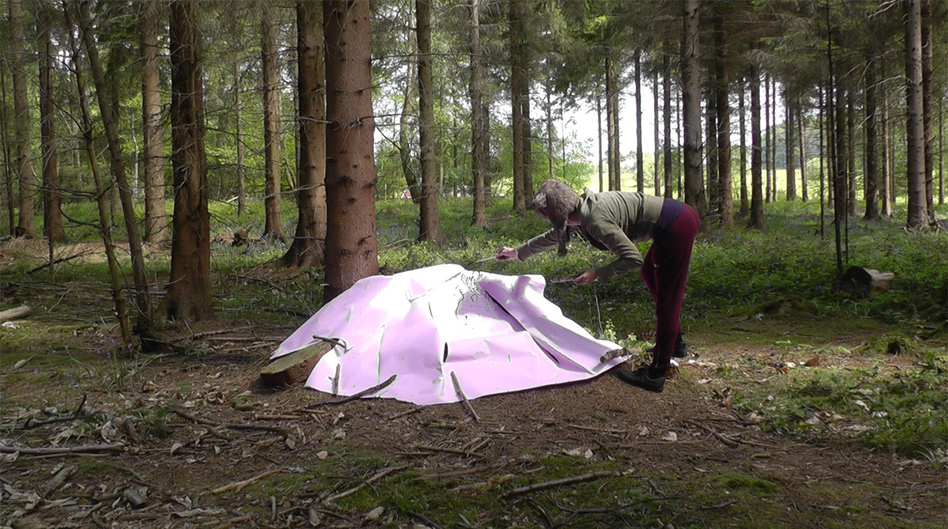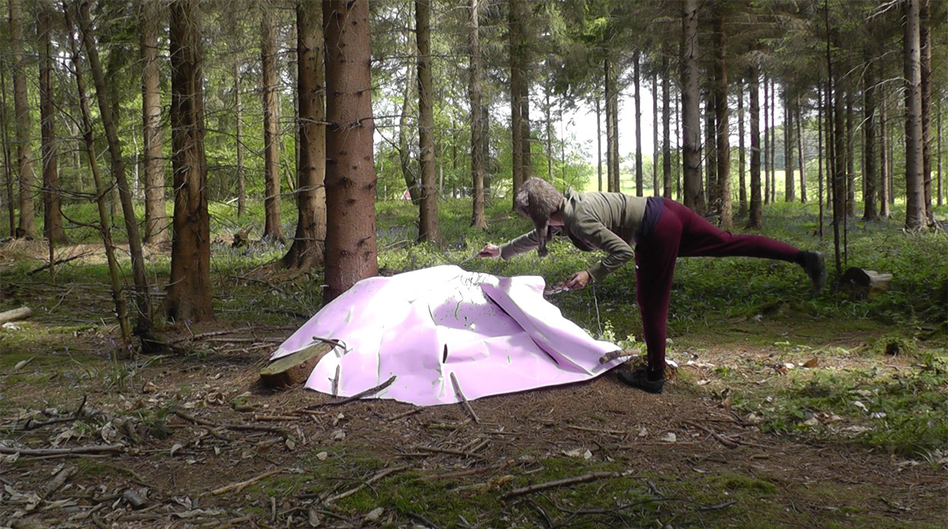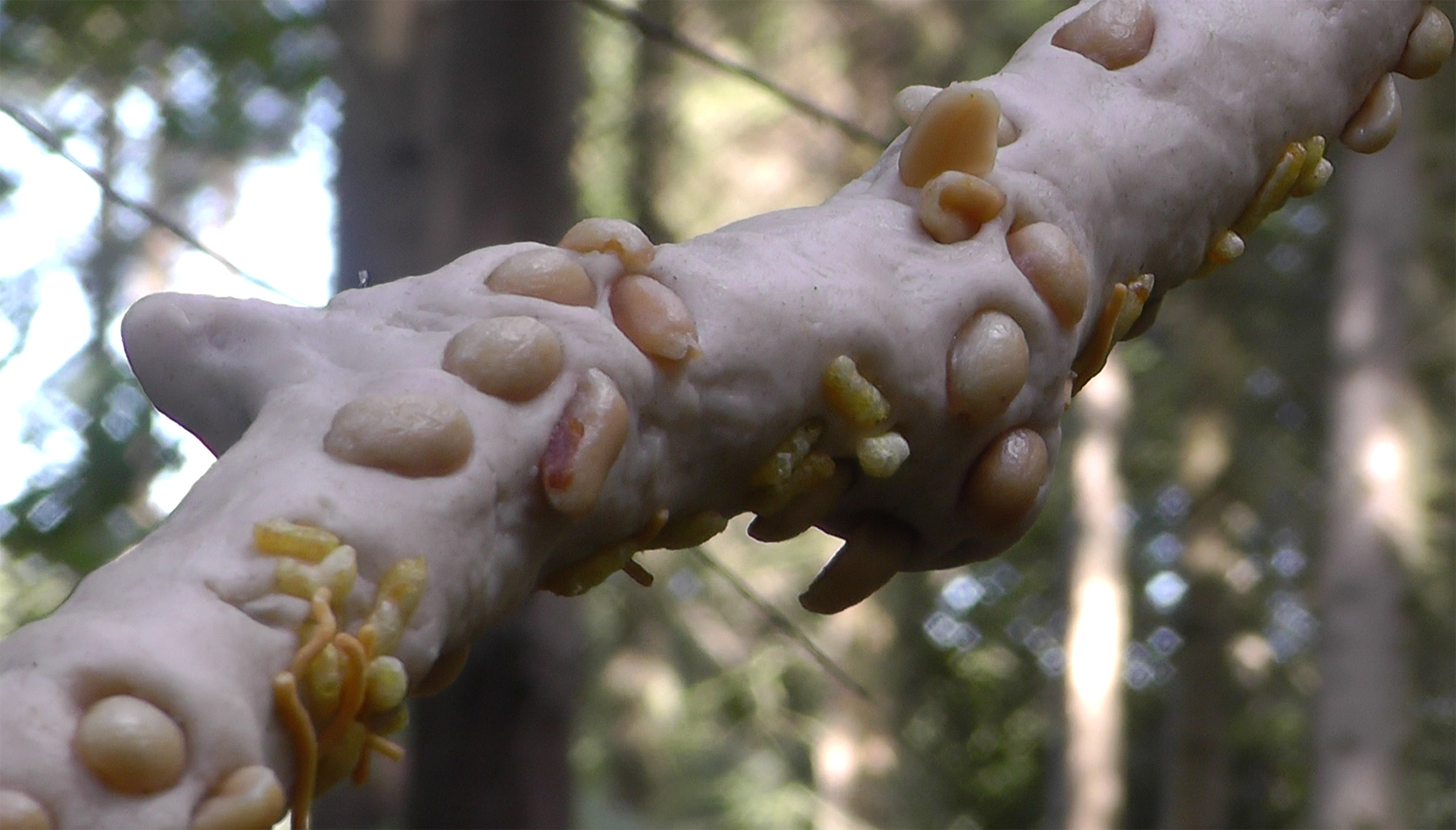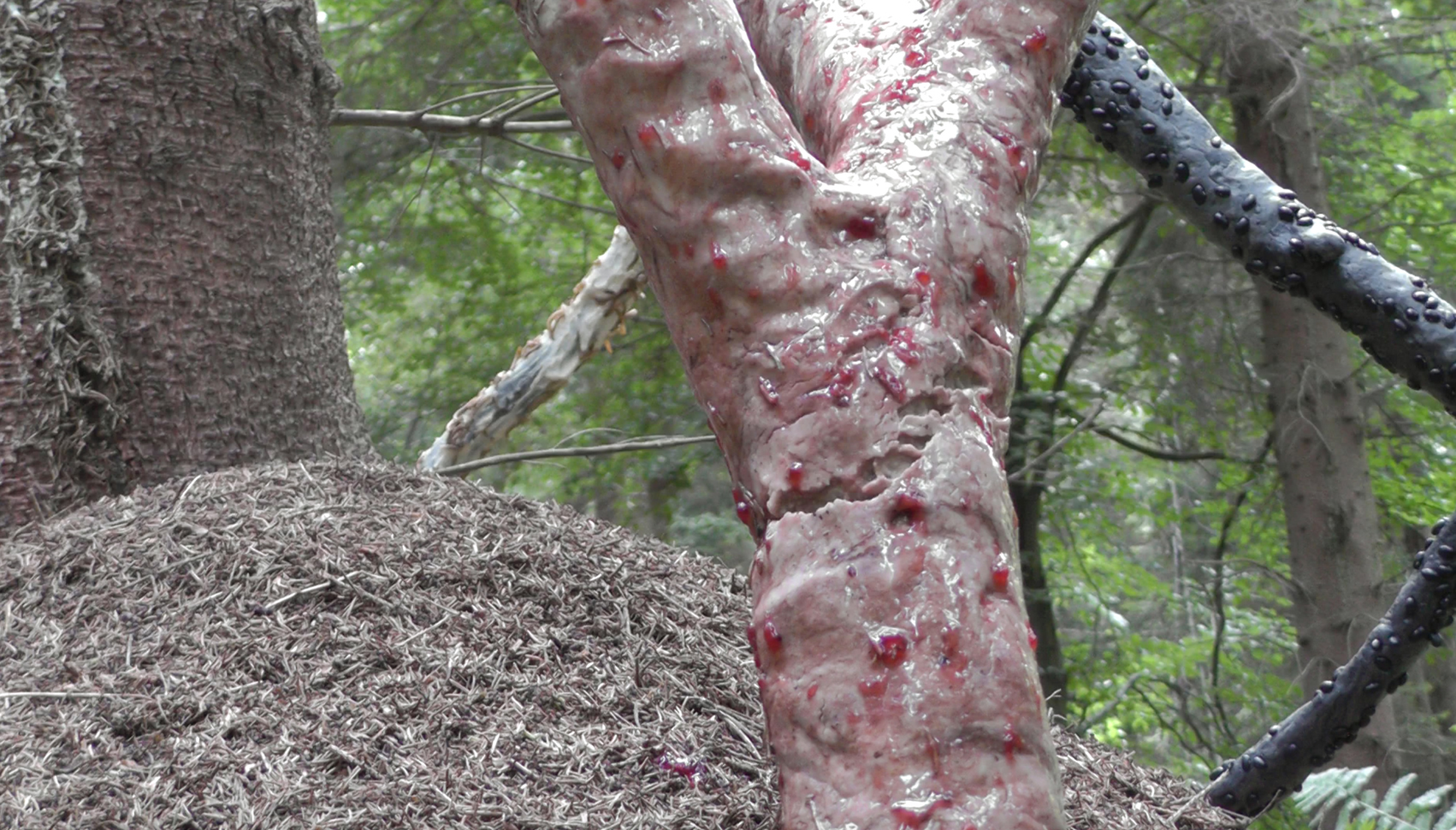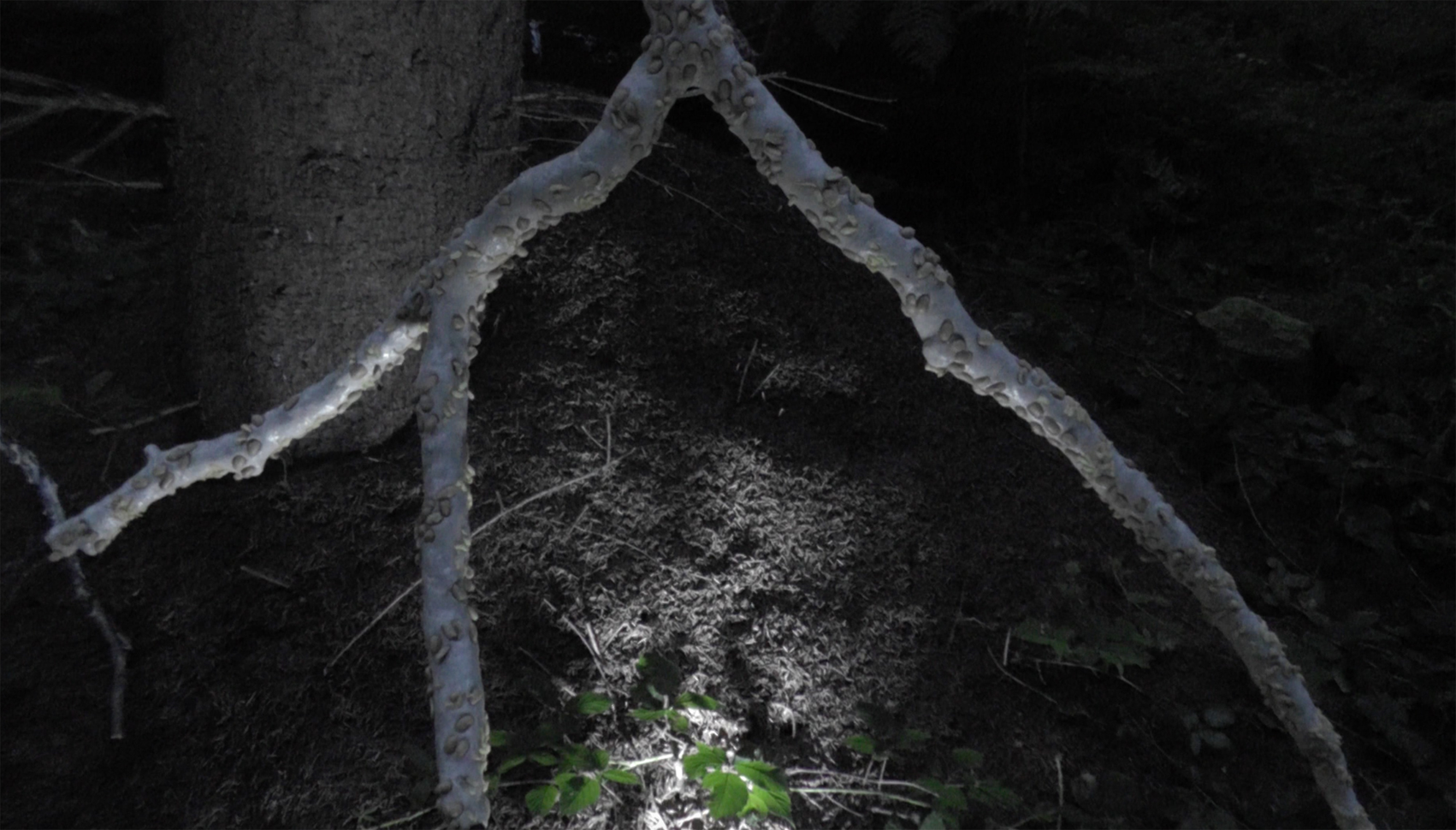Work in progress, Formica's Forms, 2014-2017 [click on image to start slideshow]
The most recent 'set' was developed in response to the ant-ic qualities, tendencies and preferences of verticality, numerosity, and tastiness (materials include peanuts, salty snacks, mealworms, cream cheese, jam, black beans, bread dough)
BIBLIOGRAPHY
Aloi, Giovanni (2012) Art and Animals. I.B Tauris London and NYC
Baker, Steve (2013) Artist | Animal, London and USA: University of Minnesota Press
Baker, Steve (2000) The Postmodern Animal. London: Reaktion Books
Barrett, Bolt, and Kontturi (eds) (2015) Matter, Ecology, Relationality. Volume 16 of Trasversal Practices: studies in material thinking.
Bennett, Jane (2009) Vibrant Matter: A Political Ecology of Things. Duke University Press.
Bennett, Jane (2001) The Enchantment of Modern Life: Attachments, Crossings, and Ethics, USA: Princeton University Press
Bishop, Claire (2012) Artificial Hells: participatory art and the politics of spectatorship. London: Verso
Bishop, Claire (editor) (2006) Participation. Documents of Contemporary Art series, Whitechapel Gallery and MIT Press
Bourriard, Nicolas (1998) Relational Aesthetics. Translated by Simon Pleasance and Fronza Woods with Matthew Copeland 2002. France: Les Presses du Réel.
Deleuze, Gilles & Guattari, Félix (1988) A Thousand Plateaus: Capitalism and Schizophrenia (trans. Brian Massumi) London: Athlone
Despret, Vinciane (2016) What Would Animals Say if We Asked the Right Questions? Translated by Brett Buchanan. Foreword by Bruno Latour. USA University of Minnesota Press
Fudge, E. (2002). Animal. London: Reaktion Books.
Gordon, Deborah M. (1999) Ants at Work: how an insect society is organized New York, Free Press.
Gordon, Deborah M. The Emergent Genius of Ant Colonies (lecture) http://www.ted.com/talks/deborah_gordon_digs_ants#t-566170 first accessed 17.11.16
Guattari, Felix The Three Ecologies (1989) translated by Chris Turner 2008. New Formations 8, Summer
Haraway, Donna (2016) Staying With the Trouble: making kin in the Chthulucene. USA: Duke University Press
Haraway, Donna (2008) When Species Meet Minnesota: University of Minnesota Press
Kohn, Eduardo (2013) How Forests Think: toward an anthropology beyond the human. London and California: University of California
Mallory, Chaone (2009) Val Plumwood and ecofeminist political solidarity: standing with the natural other. Ethics & the Environment 14.2 3+. Academic OneFile. Web. (First accessed 21.09.2015)
Massumi, Brian (2014) What Animals Teach Us About Politics. Durham and London: Duke University Press
Mehrabi, Tara (2016) Making Death Matter: a feminist technoscience study of Alzheimer’s sciences in the laboratory, 2016. Linköping University, Department of Thematic Studies – Gender Studies Linköping
Morton, Timothy (2010) The Ecological Thought, USA: Harvard University Press
Morton, Timothy (2007) Ecology Without Nature: Rethinking Environmental Aesthetics Harvard University Press
Pick, Anat (2011) Creaturely Poetics, animality and vulnerability in literature and film. USA: Columbia University press
Ribas, João. What Is It That Makes Today’s Realism So Different, So Appealing? in Cox, Christopher, Jaskey, Jenny and Malik, Suhail (editors) (2015) Realism, Materialism, Art. Bard College, Sternberg Press
Tsing, Anna Lowenhaupt (2015) The Mushroom at the End of the World: on the possibility of life in capitalist ruins. USA/UK: Princeton University Press
Uexküll, Jabob von (1940) A Foray Into the Worlds of Animals and Humans: with a theory of meaning. Translated by Joseph D. O Neill 2010. USA: University of Minnesota.
FERAL PRACTICE
The focus of my work is to develop strategies for, and reflect on, interspecies co-productions within a visual art practice. The artist name Feral Practice reflects the collective of agencies involved. The word ‘feral’ is conventionally used pejoratively, usually about animals or young people. My usage denotes an art practice that leaves the containment/self-referentiality of the studio, to communicate with and gather aesthetic, ethical, semiotic material from beyond the human sphere. I also use feral in contrast to notions of wildness conceived in opposition to the human. My project keeps the body and imagination of the human clearly in the frame. I don’t intend to ‘become’ animal/ plant/place (as in Deleuze and Guattari) so much as to ‘meet’ animal/plant/place (with reference to ‘meeting species’ as described by Donna Haraway). My meetings emerge and develop within and are evidenced through making art.
FORMICA'S FORMS
Formica's Forms is an ongoing project of working-with and becoming-with a population of wood ants (Formica rufa) living in a larch copse in a forest in Kent, England. On this webpage are images from 2014-2017, which reflect an increasing ant-ic inf(l)ection to a human aesthetics. Over time the ants have 'trained' me to become more response-able and responsive to their capacities, tendencies and preferences. Formica's Forms is made possible through certain material and relational coincidences between ants, their nests, paper, sticks, food colouring etc, and my body and materiality, but also through certain kinds of perceptual non-relation. We are very different in scale, which causes problems as well as offering possibilities, but we are not so different as to live in totally different registers (like a molecule and a tidal wave). Some of our activities are perceptually available to each another, but not all. The ants ignore my physical presence, unless something particularly surprises them. I can see their antennae touching and exploring one another, but not smell the pheromones they are exchanging. Largely, the ants continue to attend to the making and provisioning of their nest, while I attend to the making of the artwork and to watching them. Working with odorous and edible materials elicits their interest. Over time, as I learned, my approach slowed and became more sensitive, and increasingly nuanced ethological insights emerged, wrapped in formal visual intensities. Working within conscious co-productions produces an entwined aesthetics-ethics - nuancing, expanding and reflecting the encounter between human and ant.
Formica's Forms draws on the aesthetics and history of areas of expanded and processual painting which foregrounds subtle trace gestures (Laura Lisbon) work with natural nonhuman forces (Tim Knowles), and animals (Steven Kutcher). However, feral practice proposes to re-think the human ‘use’ of nonhuman beings in art, towards a model of participatory art practice, stretched across species boundaries, where creatures in creative co-productions are seen as the artist's (first) audience. While the intra-actions in the larch copse are necessarily asymmetric, this is also the case (if to a different extent) in human-social participatory practice. I see the concept of beyond-human participation as closely aligned to Karen Barad’s “schema, in which matter and the non-human emerge as co-producers and co-actors in [art] practice.” (Barrett, Bolt & Kontturi, 2015), but framed to emphasise the various subjectivities at play, and suggest the potential of a ‘social’ that moves beyond the human.
Formica’s Forms’ coloured papers and paints give the ants something ‘human-ish’ to respond to. We register the ant-ic activity anew because it is brought into view by a lively colour combination. The ants encounter a new flavor. Humans stretch our perceptual attention to discover common ground with tiny insects. The artwork aligns to the ants; becomes inf(l)ected by a nonhuman aesthetic. The human artist’s desire is not negated, but continually responds to the need for the ant-ic participant/s activity to be encouraged and foregrounded. The crossings and swerves at play in human-ant participation move in both directions, and potentially produce new knowledge and experiences in human and ant subjectivities.
For a fuller discussion of this project and topic, see MacDonald, Fiona. Formica’s Forms. In Ethical Materialities in Art and Moving Images, edited by Silke Panse (2018, Bloomsbury Academic Press).
